Unconventional High-Value Utilization of Metallurgical Iron-Bearing Dust as Shielding Composite for Medical X-rays
Abstract
1. Introduction
2. Materials and Methods
2.1. Raw Material
2.2. Preparation of Shielding Composites
2.3. X-ray Shielding Test
2.4. Material Characterization
3. Results and Discussion
3.1. Effect of Iron-Bearing Dust Addition on Shielding Performance
3.2. Effect of Tube Voltage on Shielding Performance
3.3. Effect of Tube Current on Shielding Performance
3.4. Shielding Mechanism Analysis
4. Conclusions
- (1)
- The shielding material showed a trend of increasing shielding percentage and mass attenuation coefficient with increased addition of iron-bearing dust, tube voltage, and tube current in-tensity, while the half-value layer thickness decreased.
- (2)
- At a tube voltage of 55 kVp tube and current of 2 mA, shielding material I-95 had a shielding percentage of more than 95% and half-value layer thickness of less than 0.68 mm. By comparison, it was found that the shielding percentage was more significantly affected by the addition of iron-bearing dust under different tube voltage conditions than tube current conditions, and the higher the tube voltage, the greater the effect.
- (3)
- The interaction of the shielding material with X-rays was found to be photoelectric absorption, coherent scattering, and incoherent scattering in the range of 45–90 kVp, its main part of the interaction in the tested range of 50–65 kVp was found to be photoelectric absorption, and above 90 kVp, it was the combined action of photoelectric absorption and incoherent scattering. This is completely consistent with the interaction mode of the filler.
- (4)
- Iron-bearing dust used as a filler material for X-ray shielding material, realizing its clean, low-carbon, and high-value reuse. The shielding material has the advantages of high efficiency and low cost as well as a thickness and weight that are suitable for use in hospitals and other places where X-rays are generated.
Supplementary Materials
Author Contributions
Funding
Institutional Review Board Statement
Informed Consent Statement
Data Availability Statement
Conflicts of Interest
References
- Gao, Q.; Xiao, X.; Suo, Z.; Long, F.; Shen, F. Thermal reactivity and flowability of pulverized coal blending with iron-bearing dust injection in blast furnace process. Case Stud. Therm. Eng. 2023, 41, 102598. [Google Scholar] [CrossRef]
- Fang, D. Study on Comprehensive Utilization of Iron-Containing Dust and Sludges in Iron and Steel Industry. Master’s Thesis, Shanghai Jiao Tong University, Shanghai, China, 2013. [Google Scholar]
- Gao, Z.-F.; Wu, Z.-J.; Liu, W.-M. Preparation and chemical looping combustion properties of Fe2O3/Al2O3 derived from metallurgy iron-bearing dust. J. Environ. Chem. Eng. 2016, 4, 1653–1663. [Google Scholar] [CrossRef]
- Mroz, J.; Konstanciak, A.; Warzecha, M.; Wiecek, M.; Hutny, A.M. Research on Reduction of Selected Iron-Bearing Waste Materials. Materials 2021, 14, 1914. [Google Scholar] [CrossRef] [PubMed]
- Szumiata, T.; Rachwał, M.; Magiera, T.; Brzózka, K.; Gzik-Szumiata, M.; Gawroński, M.; Górka, B.; Kyzioł-Komosińska, J. Iron-containing phases in metallurgical and coke dusts as well as in bog iron ore. Nukleonika 2017, 62, 187–195. [Google Scholar] [CrossRef]
- Steer, J.M.; Griffiths, A.J. Investigation of carboxylic acids and non-aqueous solvents for the selective leaching of zinc from blast furnace dust slurry. Hydrometallurgy 2013, 140, 34–41. [Google Scholar] [CrossRef]
- Lytaeva, T.; Isakov, A. Environmental Impact of the Stored Dust-Like Zinc and Iron Containing Wastes. J. Ecol. Eng. 2017, 18, 37–42. [Google Scholar] [CrossRef]
- Dou, J. Experimental Studies on Iron Recovery of Iron-Containing Dust Slime. Master’s Thesis, Inner Mongolia University of Science and Technology, Baotou, China, 8 June 2016. [Google Scholar]
- Fedoseeva, E.N.; Zanozina, V.F.; Zorin, A.D.; Samsonova, L.E. Preparation of Iron Oxide Pigment from Metallurgical Production Dust for Use in Construction. Metallurgist 2015, 59, 374–379. [Google Scholar] [CrossRef]
- Yu, Y. Production Practice of Sponge Iron Preparation of Water Atomized Iron for Steelmaking. Mod Manuf. Technol. Eq. 2016, 5, 234. [Google Scholar]
- Shi, Y. Study on production of sponge iron using precipitator dust. Res. Iron. Steel 2010, 38, 4. [Google Scholar]
- Zeng, D.; Hu, D.; Wang, G.; Qiu, J.; Qian, H.; Chen, H. The Research on Preparation of Iron-oxide Desulfurizer from Steel-making Dust. Environ. Eng. 2009, 5, 78–80. [Google Scholar]
- Han, H.L.; Duan, D.P.; Feng, G.S. High effective utillization of iron-containing dust and sludge in sintering process. Metal. Int. 2011, 16, 20–23. [Google Scholar]
- Dong, M.; Xue, X.; Liu, S.; Yang, H.; Li, Z.; Sayyed, M.I.; Agar, O. Using iron concentrate in Liaoning Province, China, to prepare material for X-Ray shielding. J. Clean. Prod. 2019, 210, 653–659. [Google Scholar] [CrossRef]
- Kaewjaeng, S.; Kothan, S.; Chaiphaksa, W.; Chanthima, N.; Rajaramakrishna, R.; Kim, H.J.; Kaewkhao, J. High transparency La2O3-CaO-B2O3-SiO2 glass for diagnosis x-rays shielding material application. Radiat. Phys. Chem. 2019, 160, 41–47. [Google Scholar] [CrossRef]
- Muthamma, M.V.; Bubbly, S.G.; Gudennavar, S.B.; Narendranath, K.C.S. Poly(vinyl alcohol)–bismuth oxide composites for X-ray and γ-ray shielding applications. J. Appl. Polym. Sci. 2019, 136, 47949. [Google Scholar] [CrossRef]
- Ozyurt, O.; Altinsoy, N.; Buyuk, B.; Fenerci, E. Investigation of Shielding Performance of Concretes Produced with Iron Fillings Using Betatron X-Ray Radiography. Acta Phys. Pol. 2016, 129, 829–831. [Google Scholar] [CrossRef]
- Rahman, L.; Bhattacharjee, S.; Islam, S.; Zahan, F.; Biswas, B.; Sharmin, N. A study on the preparation and characterization of maghemite (γ-Fe2O3) particles from iron-containing waste materials. J. Asian Ceram. Soc. 2020, 8, 1083–1094. [Google Scholar] [CrossRef]
- Muhammad, N.A.; Armynah, B.; Tahir, D. High transparent wood composite for effective X-ray shielding applications. Mater. Res. Bull. 2022, 154, 111930. [Google Scholar] [CrossRef]
- Verma, S.; Mili, M.; Bajpai, H.; Hashmi, S.A.R.; Srivastava, A.K. Advanced lead free, multi-constituent-based composite materials for shielding against diagnostic X-rays. Plast. Rubber Compos. 2020, 50, 48–60. [Google Scholar] [CrossRef]
- Kim, S.C. Comparison of Shielding Material Dispersion Characteristics and Shielding Efficiency for Manufacturing Medical X-ray Shielding Barriers. Materials 2022, 15, 6075. [Google Scholar] [CrossRef]
- Tufekci, M.M.; Gokce, A. Development of heavyweight high performance fiber reinforced cementitious composites (HPFRCC)—Part II: X-ray and gamma radiation shielding properties. Constr. Build. Mater. 2018, 163, 326–336. [Google Scholar] [CrossRef]
- Verma, S.; Amritphale, S.S.; Das, S. Development of Advanced, X-ray Radiation Shielding Panels by Utilizing Red Mud-Based Polymeric Organo-Shielding Gel-Type Material. Waste Biomass Valorization 2016, 8, 2165–2175. [Google Scholar] [CrossRef]
- Riswati; Mutmainna, I.; Rauf, N.; Tahir, D. Composites Based Ordinary Portland Cement and Fe2O3 for X-Ray Shield Applications. J. Phys. Conf. Ser. 2019, 1341, 082026. [Google Scholar] [CrossRef]
- Hussein, K.I.; Alqahtani, M.S.; Grelowska, I.; Reben, M.; Afifi, H.; Zahran, H.; Yaha, I.S.; Yousef, E.S. Optically transparent glass modified with metal oxides for X-rays and gamma rays shielding material. J. X-Ray Sci. Technol. 2021, 29, 331–345. [Google Scholar] [CrossRef] [PubMed]
- Zeng, W.; Qui, W.; Liu, J.; Yang, X.; Lu, L.; Wang, X.; Dai, Q. Synthesis and characterization of polyimides from metal-containing (Ba, Sr, Pb, Zn) diamines. Polymer 1995, 36, 3761–3765. [Google Scholar] [CrossRef]
- Zong, D. Research on Preparation of Polyimide-Based Composite and Its Radiation-Resistant Property. Master’s Thesis, Southeast University, NanJing, China, 2015. [Google Scholar]
- Cherkashina, N.I.; Pavlenko, V.I.; Noskov, A.V. Radiation shielding properties of polyimide composite materials. Radiat. Phys. Chem. 2019, 159, 111–117. [Google Scholar] [CrossRef]
- Korkut, T.; Gencel, O.; Kam, E.; Brostow, W. X-Ray, Gamma, and Neutron Radiation Tests on Epoxy-Ferrochromium Slag Composites by Experiments and Monte Carlo Simulations. Int. J. Polym. Anal. Charact. 2013, 18, 224–231. [Google Scholar] [CrossRef]
- Guzel, G.; Deveci, H. Physico-mechanical, thermal, and coating properties of composite materials prepared with epoxy resin/steel slag. Polym. Compos. 2017, 38, 1974–1981. [Google Scholar] [CrossRef]
- Dong, M.G.; El-Mallawany, R.; Sayyed, M.I.; Tekin, H.O. Shielding properties of 80TeO2–5TiO2–(15−x) WO3–xAnOm glasses using WinXCom and MCNP5 code. Radiat. Phys. Chem. 2017, 141, 172–178. [Google Scholar] [CrossRef]
- Dong, M.; Xue, X.; Yang, H.; Liu, D.; Wang, C.; Li, Z. A novel comprehensive utilization of vanadium slag: As gamma ray shielding material. J. Hazard. Mater. 2016, 318, 751–757. [Google Scholar] [CrossRef]
- Ling, T.C.; Poon, C.S.; Lam, W.S.; Chan, T.P.; Fung, K.K. Utilization of recycled cathode ray tubes glass in cement mortar for X-ray radiation-shielding applications. J. Hazard. Mater. 2012, 199–200, 321–327. [Google Scholar] [CrossRef]
- National Public Service Platform for Standards Information. Available online: https://std.samr.gov.cn/gb/search/gbDetailed?id=71F772D7EE19D3A7E05397BE0A0AB82A (accessed on 9 January 2023).
- Zhefu, L.I.; Xue, X.; Liu, S.; Yong, L.I.; Duan, P. Effects of boron number per unit volume on the shielding properties of composites made with boron ores from China. Nucl. Sci. Technol. 2012, 23, 344–348. [Google Scholar]
- Dong, M.; Xue, X.; Yang, H.; Li, Z. Highly cost-effective shielding composite made from vanadium slag and boron-rich slag and its properties. Radiat. Phys. Chem. 2017, 141, 239–244. [Google Scholar] [CrossRef]
- Chai, H.; Tang, X.; Ni, M.; Chen, F.; Zhang, Y.; Chen, D.; Qiu, Y. Preparation and properties of novel, flexible, lead-free X-ray-shielding materials containing tungsten and bismuth(III) oxide. J. Appl. Polym. Sci. 2016, 133, 10. [Google Scholar] [CrossRef]
- Elmahroug, Y.; Tellili, B.; Souga, C. Determination of total mass attenuation coefficients, effective atomic numbers and electron densities for different shielding materials. Ann. Nucl. Energy 2015, 75, 268–274. [Google Scholar] [CrossRef]
- Akkurt, I.; El-Khayatt, A.M. The effect of barite proportion on neutron and gamma-ray shielding. Ann. Nucl. Energy 2013, 51, 5–9. [Google Scholar] [CrossRef]
- Akkurt, I.; El-Khayatt, A.M. Effective atomic number and electron density of marble concrete. J. Radioanal. Nucl. Chem. 2012, 295, 633–638. [Google Scholar] [CrossRef]



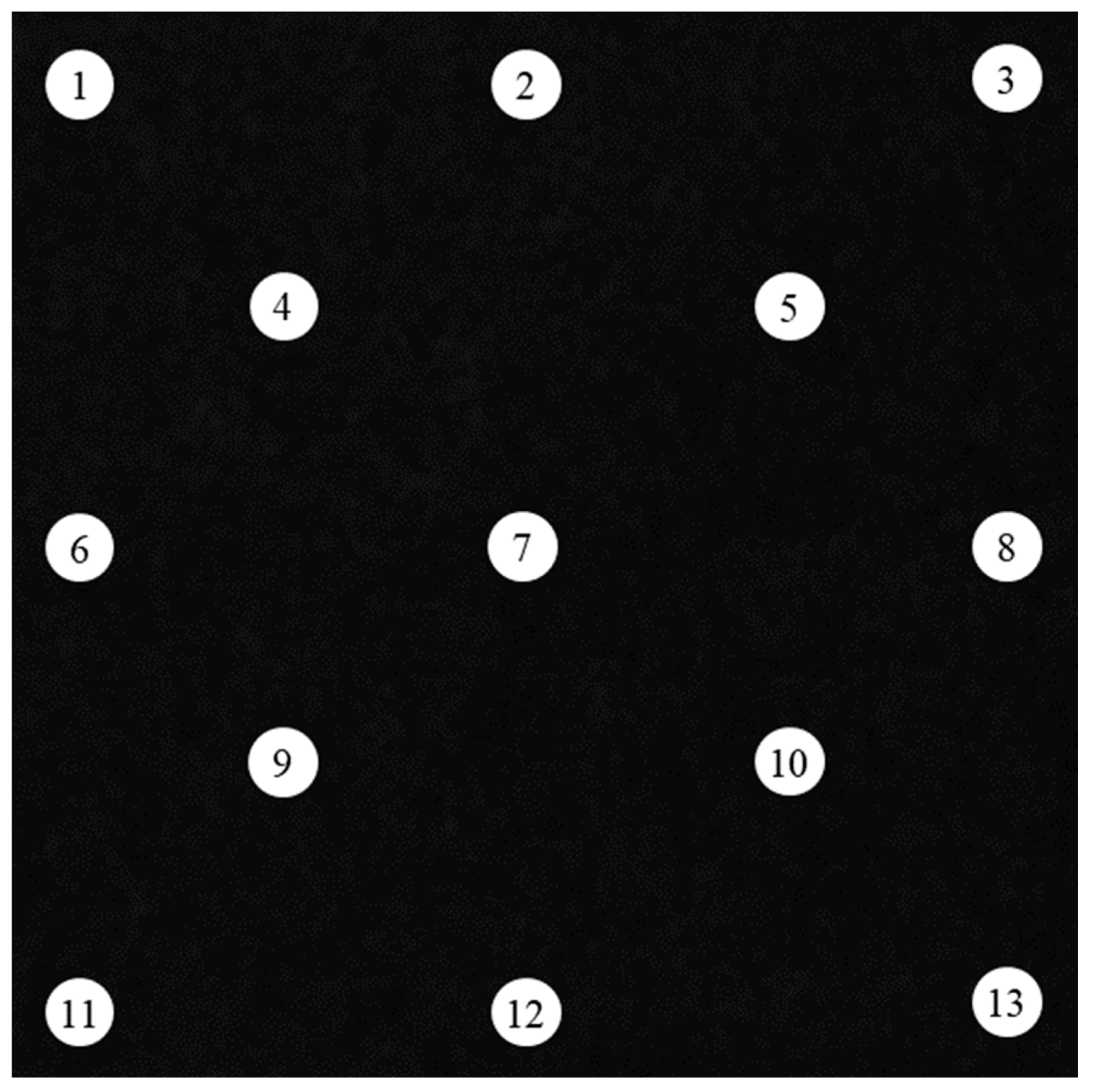
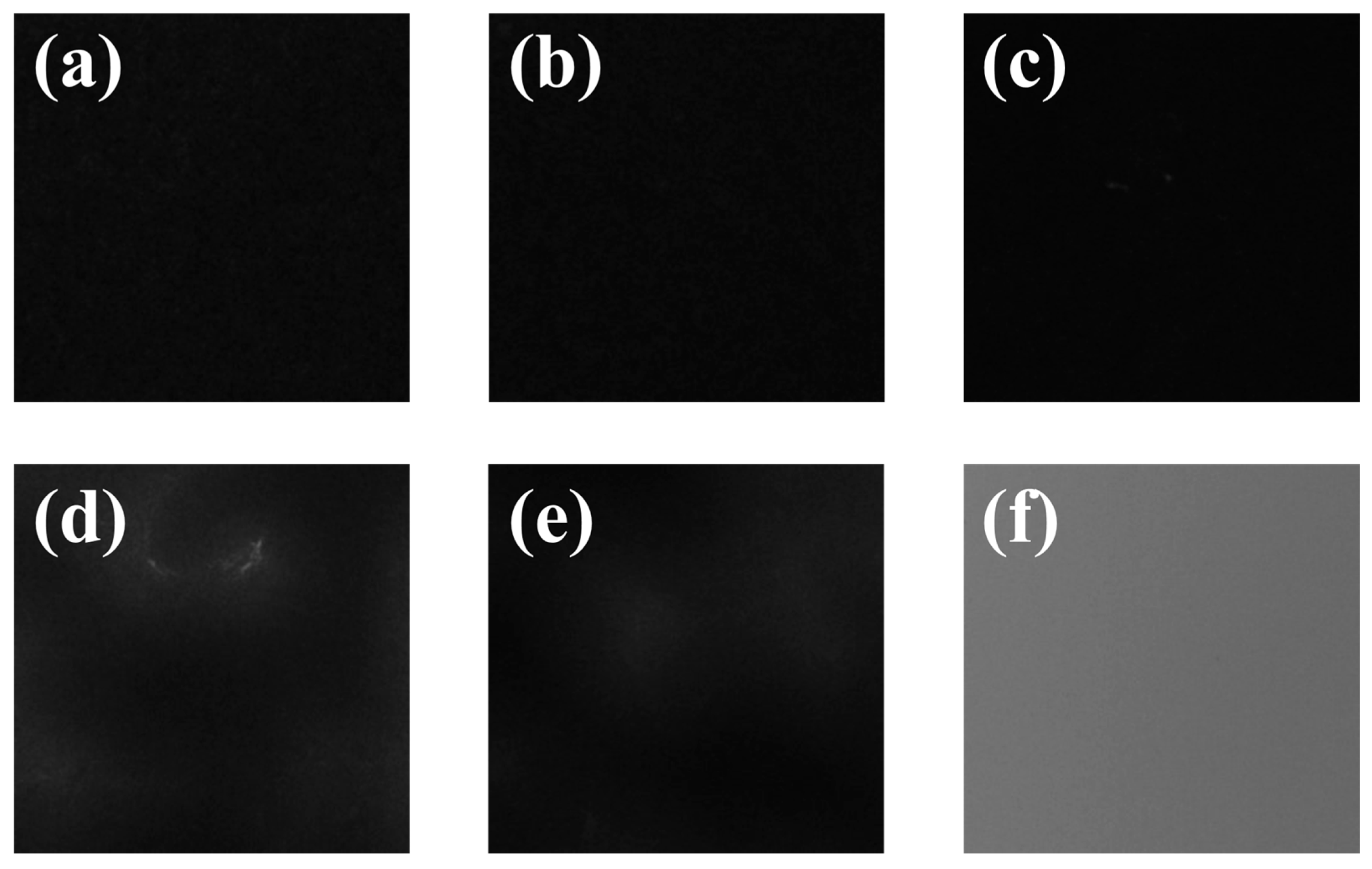

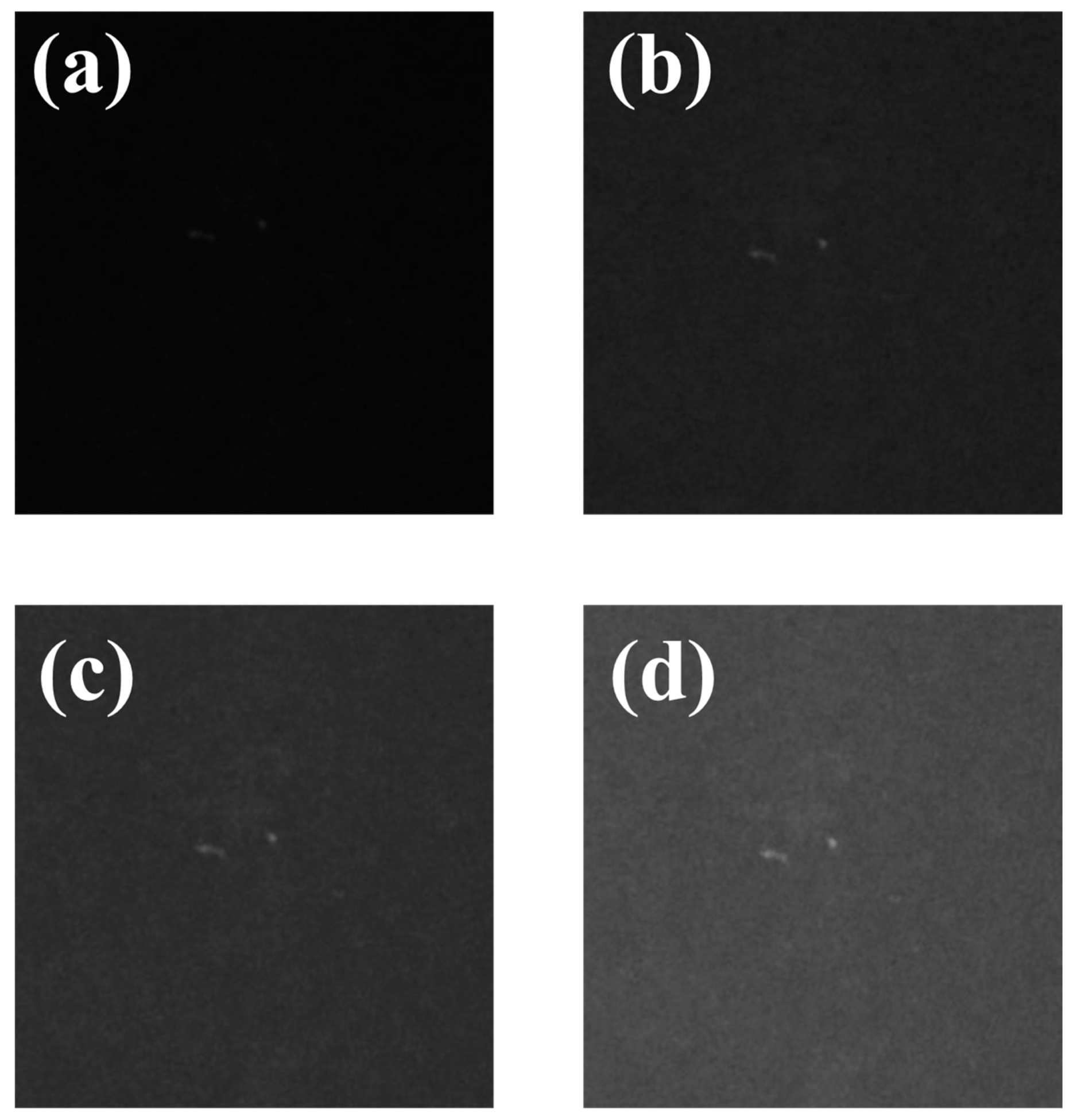
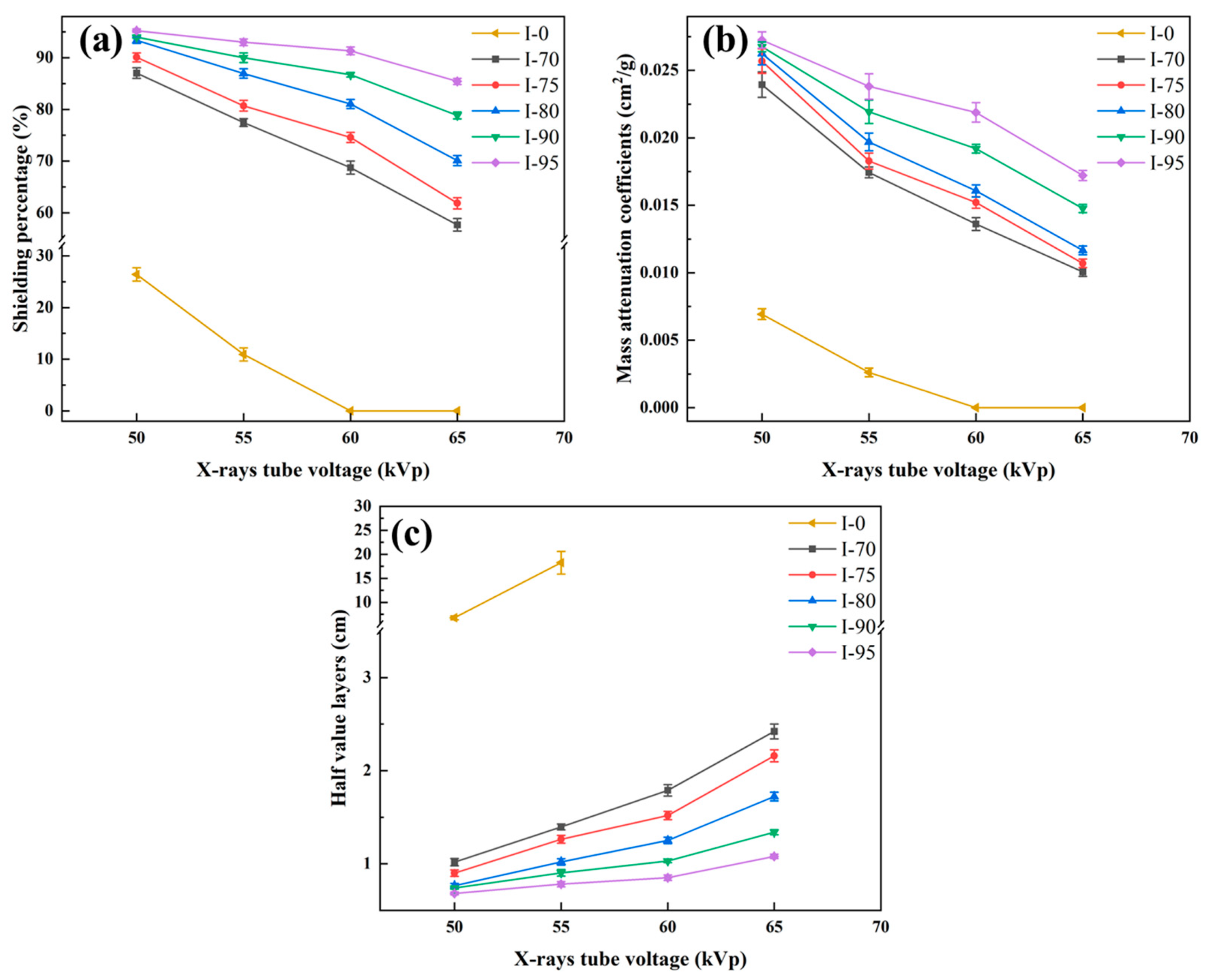


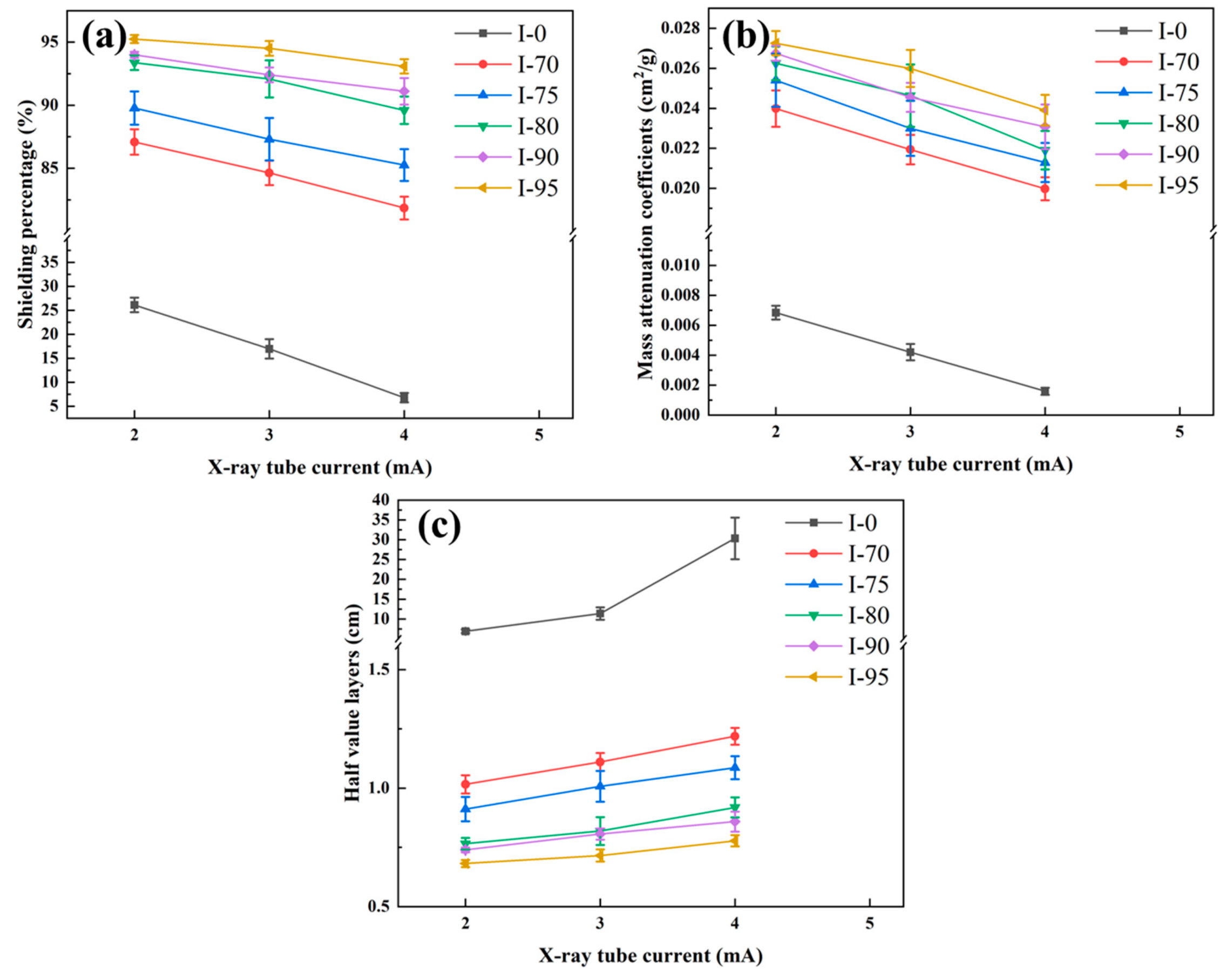

| Element | Fe2O3 | CaO | SiO2 | MgO | MnO | Al2O3 |
|---|---|---|---|---|---|---|
| Mass fraction | 84.75% | 7.05% | 3.51% | 1.38% | 1.15% | 1.027% |
| Sample | Polyimide Resin | Iron-Bearing Dust | Thickness (cm) | Density (g/cm3) |
|---|---|---|---|---|
| I-0 | 100 | 0 | 6.78 ± 0.09 | 1.48 ± 0.02 |
| I-70 | 30 | 70 | 3.46 ± 0.05 | 2.85 ± 0.04 |
| I-75 | 25 | 75 | 3.27 ± 0.03 | 3.00 ± 0.03 |
| I-80 | 20 | 80 | 2.88 ± 0.05 | 3.45 ± 0.06 |
| I-90 | 10 | 90 | 2.83 ± 0.34 | 3.56 ± 0.43 |
| I-95 | 5 | 95 | 2.66 ± 0.19 | 3.75 ± 0.26 |
Disclaimer/Publisher’s Note: The statements, opinions and data contained in all publications are solely those of the individual author(s) and contributor(s) and not of MDPI and/or the editor(s). MDPI and/or the editor(s) disclaim responsibility for any injury to people or property resulting from any ideas, methods, instructions or products referred to in the content. |
© 2023 by the authors. Licensee MDPI, Basel, Switzerland. This article is an open access article distributed under the terms and conditions of the Creative Commons Attribution (CC BY) license (https://creativecommons.org/licenses/by/4.0/).
Share and Cite
Ge, C.; Dong, M.; Zhou, S.; Xiao, D.; Bu, E.; Lin, X.; Yang, H.; Xue, X. Unconventional High-Value Utilization of Metallurgical Iron-Bearing Dust as Shielding Composite for Medical X-rays. Sustainability 2023, 15, 6682. https://doi.org/10.3390/su15086682
Ge C, Dong M, Zhou S, Xiao D, Bu E, Lin X, Yang H, Xue X. Unconventional High-Value Utilization of Metallurgical Iron-Bearing Dust as Shielding Composite for Medical X-rays. Sustainability. 2023; 15(8):6682. https://doi.org/10.3390/su15086682
Chicago/Turabian StyleGe, Changcheng, Mengge Dong, Suying Zhou, Dayu Xiao, Erjun Bu, Xianhao Lin, He Yang, and Xiangxin Xue. 2023. "Unconventional High-Value Utilization of Metallurgical Iron-Bearing Dust as Shielding Composite for Medical X-rays" Sustainability 15, no. 8: 6682. https://doi.org/10.3390/su15086682
APA StyleGe, C., Dong, M., Zhou, S., Xiao, D., Bu, E., Lin, X., Yang, H., & Xue, X. (2023). Unconventional High-Value Utilization of Metallurgical Iron-Bearing Dust as Shielding Composite for Medical X-rays. Sustainability, 15(8), 6682. https://doi.org/10.3390/su15086682






